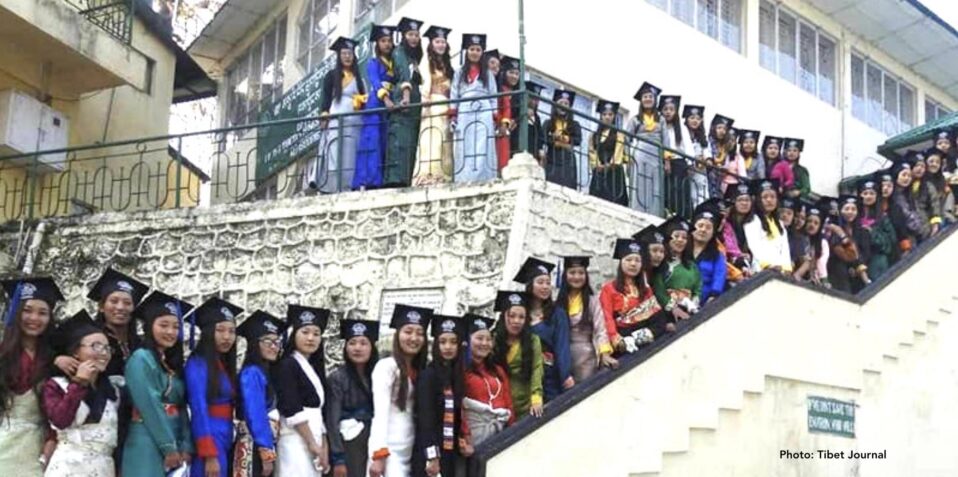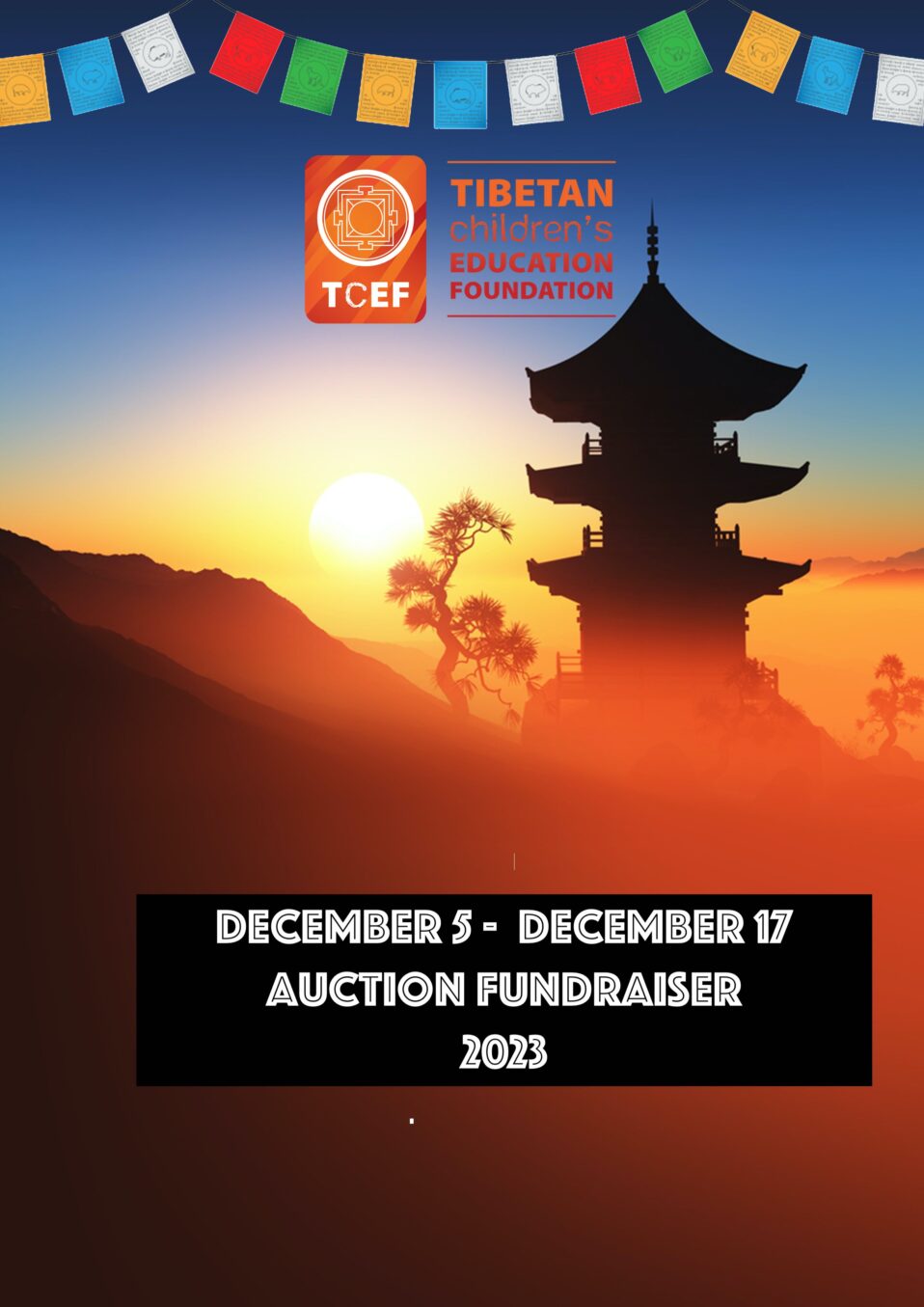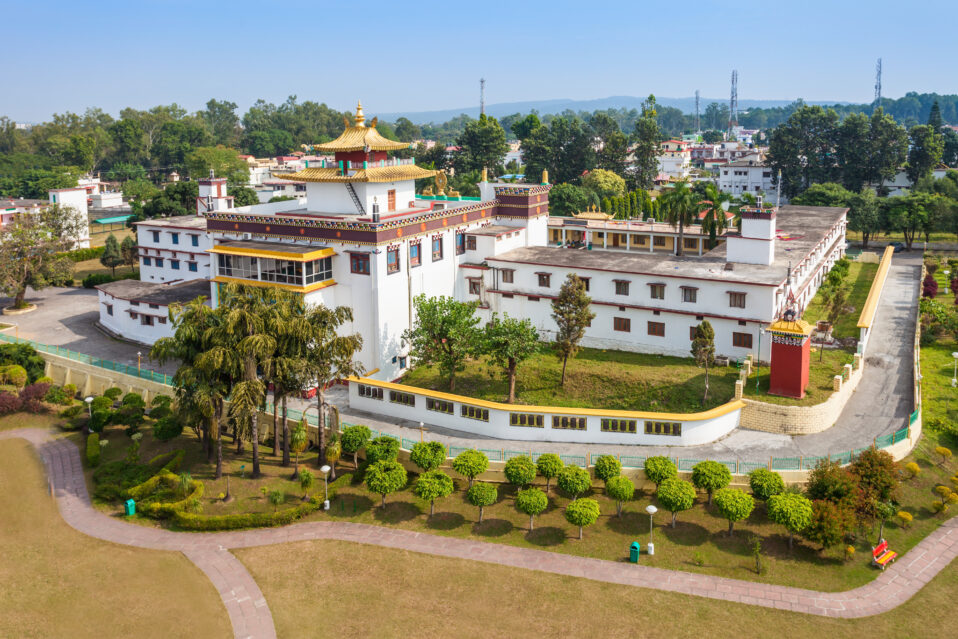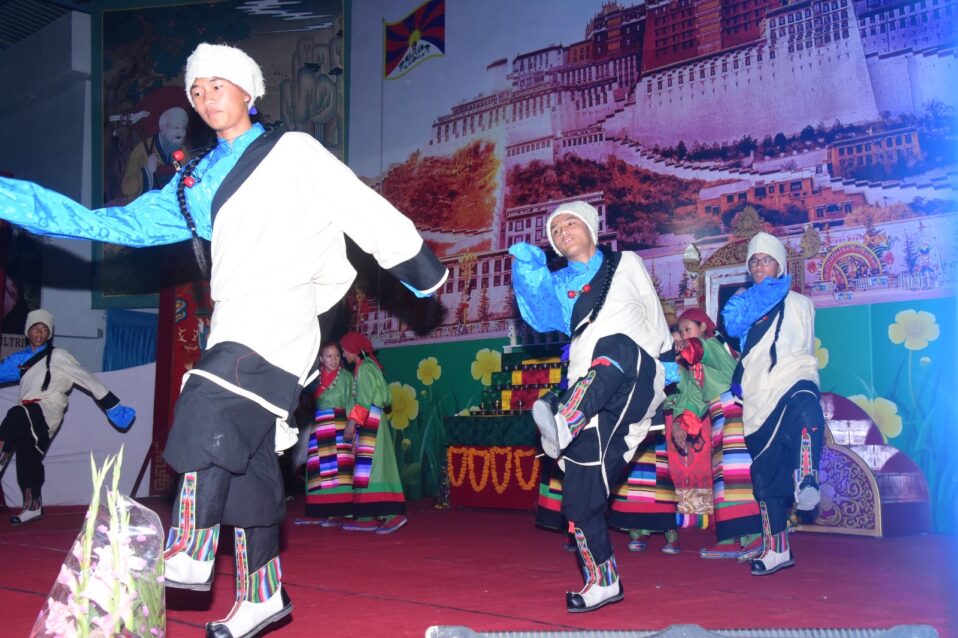My father was a gifted storyteller. Long before I had access to glossy images of Tibet, he would paint me beautiful images of the nomadic pastures in Eastern Tibet with his words, using an amazing collection of adjectives that I cannot find in any other language. Then, over the years I loved to read accounts and descriptions of Tibet by famous Tibet travelers like Alexander David Neel and Heinrich Harrer. But one of my favorite overviews of Tibet is this one by Maria Antonia Sironi Diemberger: “Separated from the rest of the world by huge mountains and existing at an altitude of between 13,000 and 16,000 feet, Tibet is at the heart of Asia. An immense and inaccessible castle, tales of its marvels have filtered out over the centuries giving rise to magical and mythical stories: Tibet has become Shangri-la, the place of eternal youth where the laws of nature had been overcome and where one is in direct contact with the world of spirits — but it is also a real-world with geographical, historical and human dimensions.”
I love that she both describes and connects the physical aspects of Tibet with the spirits and the people who dwell there. In my own essay today, I’m going to leave the beautiful snow-capped mountains behind and instead delve into the essential core of the Tibetan civilization. Ever since Guru Padmasambhava subdued the roaming spirits and introduced Buddhism in the 8th century, spirituality has become the very essence of Tibetan culture. For centuries, the world looked upon Tibet as a mysterious place hidden behind the Himalayas’ highest peaks. The Tibetans themselves were content in their splendid isolation. The Chinese occupation broke our isolation, and then the internet blew away most of the myths and mysteries around Tibet. If at all something could be considered a blessing of the occupation, it was that it uncovered the amazing Tibetan spiritual culture for the whole world to share.
While the Western world focused on the study of Science and Mathematics that propelled the industrial revolution, the Tibetans focussed on the study of Buddhism and human consciousness that ushered in a quiet spiritual revolution on the roof of the world. While the West built Harvard, Oxford, and their iconic Universities, the Tibetans built huge monastic universities like Sera, Drepung, Gadhen, and Tashi Lhunpo with thousands of monks studying in them. The cream of the Tibetan society was in those monasteries. This system produced thousands of scholars and spiritual masters and a community premised on compassion and altruism.
It is then no wonder that Tibetan lives are wrapped around our religion and the pursuit of spirituality. While the quest for spirituality is not unique to Tibetans, we seem to have taken this to another level altogether. Our pilgrimage to Mt.Kailash is a good example. To do a circumambulation or kora ( as we say it in Tibetan) of this iconic and spiritual mountain is every Tibetan pilgrim’s dream. An ancient Tibetan belief is that you will never enter the three lower realms of rebirth if you can do three kora(s) around Mt. Kailash. The challenge is daunting- the site is at an incredibly high altitude, the terrains are challenging and rough pilgrim paths and passes are not paved – allowing them to retain any natural barriers and hardships; it is part of the pilgrimage to overcome those obstacles. One had to be both intensely devoted and very fit to do the koras around Mt. Kailash.
As arduous and challenging as the koras were, some pilgrims will attempt to do the kora(s) through prostrations! Instead of walking and taking steps, they will do the long full-body prostrations. At the end of each prostration, they will step forward to where the tip of the hand reached and then start another prostration. One can only imagine the sheer physical exertion and the hardships of this practice — but such was the fervor of Tibetans, every year, several pilgrims would do this.
The spiritual way of life is taught early in life and keeps growing through age and maturation. There is a gradient if you will. While it is not uncommon to see younger Tibetans practice, do prostrations, and pilgrimages, it becomes ubiquitous for elderly Tibetans. Just as our phones and tablets are now an integral part of our lives, so are the rosaries and prayer wheels for the Tibetan elders. As we rush off anywhere, we seldom forget to grab our phones, in the same way, as the elders head for their rounds of the stupas or monasteries, they rarely forget to grab their rosaries. It is an inseparable part of their being even as our phones have become.
Spirituality is the lifeline of the Tibetan people. Without it, they would lose their soul and their foundation. Most Tibetans find some time, some space for it in their daily lives. For many, the time spent on spiritual practice is the most important and meaningful part of their day. And not all religious practices are the same either. Many lay Tibetans have a regiment of reciting segments of prayers from the scriptures followed by accumulating sacred mantras. Others may begin their day at their altar, offering freshwater and butter lamps to the Buddhas and then reading the scriptures. Still, others make time for meditation and quiet reflection.
I believe that one of the most fascinating and useful beliefs of Tibetan spirituality is its emphasis that the mind can be trained — and this belief, this knowledge has huge importance for the whole world. We can clearly and demonstrably see that our bodies can be shaped, toned, sculptured, and modified. But, since we cannot physically see the changes in the human mind, it becomes that much harder to believe that our minds too can be trained and disciplined. Knowing that human minds can be transformed with simple meditation is a game-changer for personal transformation and perhaps even societal change.
It is liberating to know that humans can change for the better, and all that this may take is training the mind. Now, this may seem far fetched to some segments of society, but Buddhist practitioners have brought about enormous personal transformation by meditation and training one’s mind, making it stronger and more balanced so that the next time an unexpected storm of life comes, one does not break, that one can face it with more courage while at the same time maintaining humility and equanimity when a current of achievement or good fortune comes your way.
As a Tibetan, I feel that the Tibetans’ spiritual heritage is of immense global importance, and I know we are not the only ones who think this way. People who study the world at a macro level and trace various civilizational knowledge have compared its importance to the Amazon forests. Just as the Amazon forests are vital to supply life-giving oxygen to the world, in the same way, The Tibetan heritage can be the spiritual oxygen that the world needs in these days of global conflict, inequality, and rampant greed. I would like to think that we can be the catalyst for a spiritual awakening.
America is a great country, but we can see many things that do not seem right. The pain of racism and bigotry is on the rise, and the chasm between the haves and have nots is always increasing. There is something morally bankrupt and dishonest in a system where the three wealthiest persons in American have more wealth than the lower half of the country. I could go on and on with this thread, but I don’t need to. Many people are unhappy, and there is a lot of pain and suffering right now. In this context, I’m motivated to share what little I know of Tibetan spirituality because I believe it has enormous potential to help.
In this effort to make Tibetan spirituality vibrant, relevant, and beneficial to the whole world, HH The Dalai Lama has played an unparalleled role. The beauty and blessing of the Tibetan spiritual heritage as espoused by him is that one does not have to be a Buddhist to be touched by it, to find meaning in it to envelop and bless your life. The concept of Universal Responsibility as global citizens to embrace compassion, the idea of Secular Ethics, and the idea of something Beyond religion can benefit everyone irrespective of one’s faith, race, ethnicity, or nationality. If we distill the core of this message, it is both simple and compelling: All living beings are the same in that they want happiness and do not want to suffer, that we are all connected and interdependent in some way, that every one of us is responsible for the happiness of every other living being.
In his book, Happiness From a Buddhist Perspective, HH The Dalai Lama states that happiness is an essential goal of all people and then explains how one can draw on the wisdom of the Buddhist tradition to achieve satisfaction by transforming the mind and how in this tradition there is a special instruction called Mind Training which focuses on cultivating concern for others and turning adversity to advantage that can be of great benefit to people seeking to end suffering and improve happiness.
Another compelling reason to take a second look at Tibetan spirituality is this idea of promoting lasting happiness. I saw an inspirational video of another Tibetan spiritual master, Geshe Lhakdhor, who directs the Library of Tibetan Works and Archives at Dharamsala, N India. In that presentation, he highlighted the fleeting nature of happiness that comes from external sources simply because external things like the weather, wealth, friends, or even life partner may change. On the other hand, if we can train our minds, develop inner qualities of compassion, cultivate warmheartedness, and care for others, it can give us happiness over a long time.
And the other encouraging thing that Tibetan culture emphasizes is that each of us is already good enough. We do not need to become someone else. The seeds of goodness are already in each one of us. The same Geshe Lhakdor I mentioned earlier asks us, “Each of you has upgraded your phones many times. When will you upgrade yourselves?”. We don’t need to change and become someone else to be happy. We only need to upgrade to a better version of ourselves.
I am excited to think that Tibetan spirituality can act as a catalyst for personal transformation to bring inner calm and balance and I’m excited to think that in this way it can contribute to society and global peace and well being. I write this with some conviction knowing that society is a collection of individuals and if something contributes to inner peace of individuals then by default it contributes to the society as well. And, this strain of thought is worth a look because we know that peace is not something we can mandate on a society. In fact, it is also challenging to legislate it. Viewed from this lens, as a Tibetan, I celebrate our spiritual heritage and hope that it can be a catalyst for all of us to live more balanced and compassionate lives in a post-pandemic world!
by Karma Tensum





